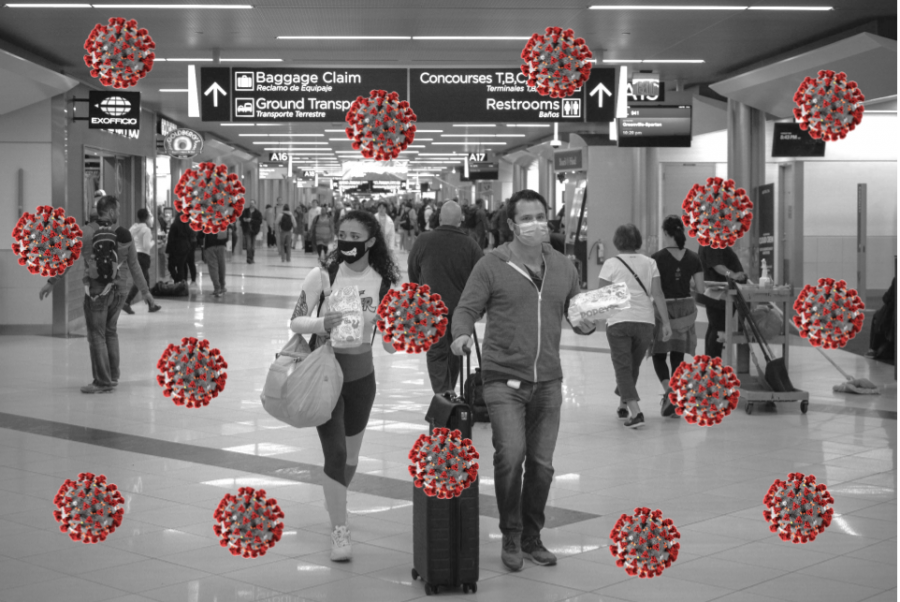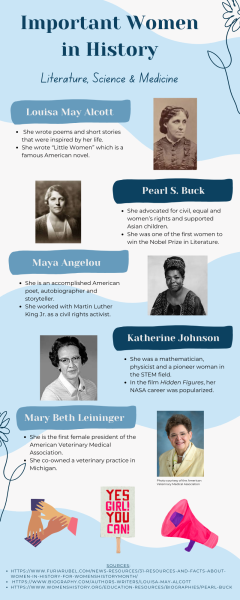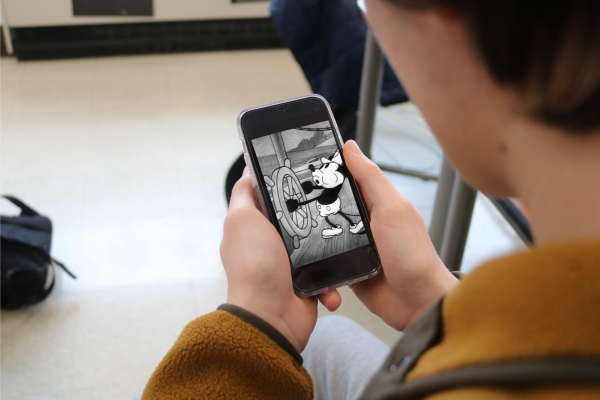Traveling Safely During a Pandemic
How to know and assess your risk
Note: Travel increases your chances of getting and spreading COVID-19. Staying home is the best way to protect yourself and others from COVID-19. The CDC recommends that high-risk individuals stay at home as much as possible.
When the pandemic first hit the U.S. in the spring, countless spring break plans were cancelled last-minute. Over the summer, as more was learned about the coronavirus, Americans found creative and safe ways to travel domestically due to restrictions limiting international trips. Families are still exploring and figuring out the best ways to travel as the holidays and winter approach.
Dillion McDonald, a senior, flew to Miami this summer on American Airlines, and then from Orlando to Chicago on Spirit Airlines. Airlines and air travel have been significantly affected by the pandemic. The number of people going through Transportation Security Administration checkpoints has decreased by about 55-60% compared to 2019, according to the TSA.
“Really the only difference I could tell was we were all wearing masks,” said McDonald, when asked about the main difference between pre-COVID and COVID-era travel.
“I would definitely fly again. It was not much harder than a normal flight, and ticket prices were cheaper,” said McDonald.
Both of the airlines he flew required masks at the time of travel. McDonald noticed that the airline frequently disinfected and cleaned the cabin after the passengers left their seats. However, McDonald did also note that the airplane he was on did not utilize a socially distanced seating pattern. However, socially distanced seating may not be necessary, according to a recent study.
A study by the U.S. Department of Defense indicated that “most viruses and other germs do not spread easily on flights because of how air circulates and is filtered on airplanes.” However, the study also stated that the lack of social distancing on flights could increase the risk of getting infected. Currently, Alaska, Delta, Hawaiian and Southwest Airlines are not booking the middle seat on flights.
According to top doctors who spoke to The Washington Post, airline travelers should pack everything into a carry-on bag. This will eliminate the TSA from touching the belongings inside a bag. They also said to use a disinfecting wipe on the outside of a bag when arriving at one’s destination. The Mayo Clinic added that it is a good idea to disinfect things like a phone, wallet, keys or other things commonly touched, and to avoid touching unnecessary things, like a ticket counter, elevator buttons or handrails. If touching these items, it is suggested to use hand sanitizer with 60% alcohol right away. The CDC also strongly advises following local travel orders and visiting places where community spread is low.
Due to the pandemic and some of the risks that come with air travel, many people traveled this summer in an RV. Most RVs are entirely self-contained, with a bathroom and kitchen. This way, travelers don’t have to rely on restaurants and public bathrooms, which increase the risk of getting infected. According to RVshare, an RV rental company, there has been a 1000% increase in RV rentals since April 1.
Hannah Fleming, a freshman, along with her mom, took an RV trip this fall out west. They rented their motorhome from 83RV in Long Grove, and took it to places like Yellowstone National Park, Grand Teton National Park, Mount Rushmore and the Badlands.
“We also went to a place called Custer State Park (in South Dakota). There was a wildlife trail within it. We drove around the trail and we got to see bison. They were right up next to our car, which was very cool. Then we saw wild turkeys and foxes,” said Fleming.
“I’d recommend other people to rent an RV on a trip. It is a once-in-a-lifetime experience,” she added.
Another popular option has been vacation rentals and cabins. Similarly to RVs, and unlike hotels, vacation rentals do not have common areas. Single-family villas and cabins are also safer because they run off an HVAC system that does not connect to other parties’ rooms, according to Business Insider. In a hotel without proper filters between rooms, virus droplets can spread from room to room. In a single-family house, this is not possible.





![Mr. Scott Brzezinski poses for a photo while working at ShurWay Moving in Libertyville where his cousin Mr. Eric Brzezinski also works. He appreciates that LHS prepares students for their future by providing a variety of opportunities. “[There are] a lot of different resources that LHS has between colleges and counselors,” he said. (Photo courtesy of Mr. Scott Brzezinski)](https://www.lhsdoi.com/wp-content/uploads/2025/02/Mr.-Scott-Brzezinski-Photo-2-600x600.jpg)

